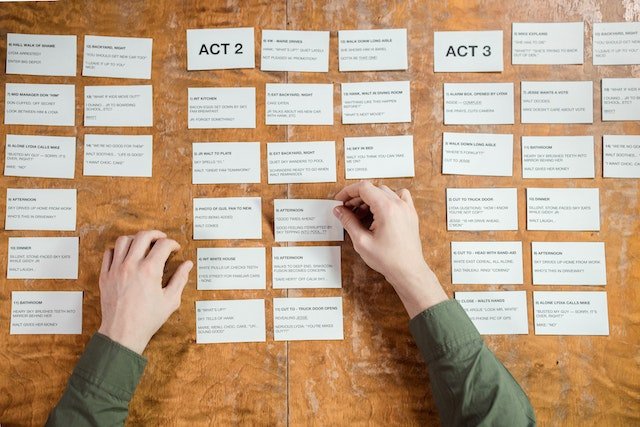A screenplay and a storyboard are two very different tools used in the filmmaking process, but they serve complementary purposes.
A screenplay is a written document that outlines the dialogue, characters, and action for a film or television show. It's the blueprint for the entire production, providing the director, actors, and crew with a clear understanding of the story and how it should be visually and verbally presented. Screenplays are usually written in a specific format and include elements such as character introductions, scene headings, and dialogue.
On the other hand, a storyboard is a visual representation of the screenplay. It's a series of illustrations or images that depict the key scenes in a film or television show in chronological order. Storyboards can be simple sketches or highly detailed drawings, but they all serve the same purpose of giving the director and crew a visual representation of how the story will unfold on screen. They are used to help plan camera angles, lighting, and other visual elements of the production.
In short, a screenplay is the written script of a film or TV show and a storyboard is a visual representation of that script. Both are essential to the filmmaking process and help to ensure that the final product is a cohesive and visually compelling story.

